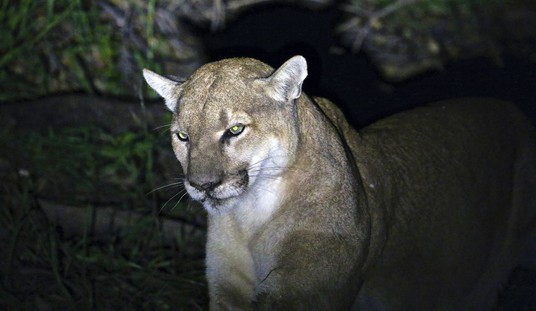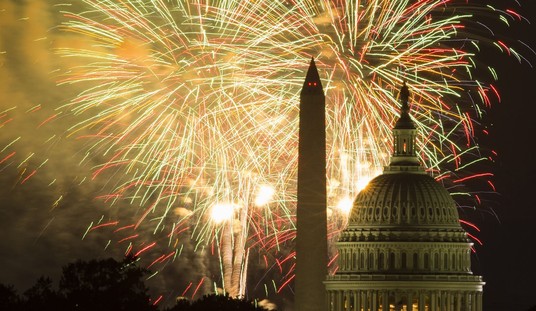
As part of the State Department’s review of TransCanada’s proposed Keystone XL Pipeline, 1.2 million comments have been received from interested parties including environmental groups and the public at large. The Department of the Interior has commented too, expressing concern that TransCanada’s impact during construction and during pipeline operation will disrupt the “cultural soundscapes” and “high quality night skies” at national parks and recreation areas distant from the actual route.
The pipeline won’t pass near the most-visited parks, such as Yellowstone in Wyoming. It will cross the popular Lewis & Clark National Historic Trail, which stretches across 11 states, and the Missouri National Recreational River in South Dakota and Nebraska, which combined draw an average more than 386,000 visitors a year, according to park service data.
Now wait just a second. The Lewis & Clark National Historic Trail is, essentially, the Missouri River. The Trail starts in St. Louis and follows the Big Muddy all the way to the Continental Divide. The Keystone XL route crosses it in eastern Montana, not in Nebraska and not near the Missouri National Recreational River. The dozens of historical sites managed by the National Park Service along the entire dispersed route of the Trail are visited by something just over 0.1% of the U.S. population annually.
(Ironically, the original Keystone I Pipeline, the one already in operation, runs right through the Missouri National Recreational River that the Keystone XL will skirt by 30 miles or more.) The maps are reproduced at the end of this post.
The Interior Department’s comments faulted the environmental review’s recommendation for noise near pump stations to meet the level common in communities rather than for a park environment “where many people go to get away from the clamor of everyday life.”
And how do they get from their homes to the idyllic national parks, away from the clamor of everyday life? It’s a fair bet most of them get there in planes, trains and automobiles, which run on — that’s right — jet fuel, diesel and gasoline, respectively: all petroleum products.
We all live near pipelines. For the most part, they are quiet and trouble free, and the safest form of transportation for the fuels that power our “clamorous” lives.
















Join the conversation as a VIP Member